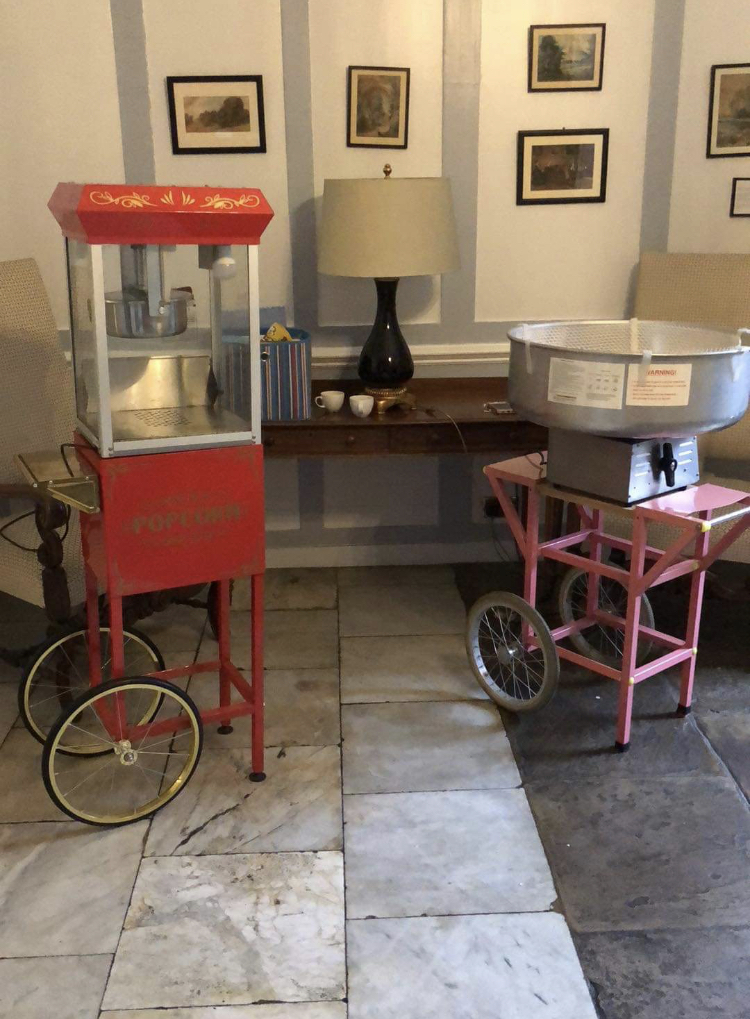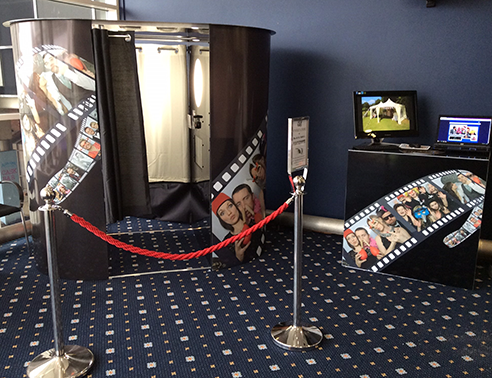

Michael Ovitz, a board member of the Museum of Modern Art, art collector and friend of Booth‘s, also has seen the collection. “He displays the art in an environment that is breathtaking, actually close to perfection in every way. “He has collected the very best pieces - the very best works - of the artists in his collection,” Klein said. |īooth’s pieces form a collection as vast as it is varied, from Renaissance and African works to modern and contemporary pieces. Klein has served on the board of numerous museums, including the Whitney Museum of American Art in Manhattan, the Hirshhorn Museum and Sculpture Garden in Washington, D.C., the Museum of Fine Arts and the Contemporary Arts Museum in Houston, the Chinati Foundation in Marfa, and in Austin, the Contemporary Austin and the Blanton Museum of Art.Īlexander Calder’s “Le Chien en trois couleurs” stands on the grounds behind Booth’s home on Lake Austin. “David has a great passion for art and has put together an extraordinary collection - one of the best in the world. That‘s why it’s so significant,” said American businessman and art collector Michael “Mickey” Klein. “These are (among) the greatest names in the history of art.


Kiefer originally installed the piece, featuring an open book with gigantic outstretched wings and a serpent spiraling up a 20-foot column, in New York’s Rockefeller Center in 2018.īooth’s collection has attracted interest from arts patrons across the nation, who say it would elevate Austin’ place in the international arts sphere. Kiefer’s lead sculpture, Uraeus, is just one of the many striking pieces in the collection. Among them are Pablo Picasso, Auguste Rodin, Jeff Koons, Richard Serra, James Turrell, Roy Lichtenstein, Michael Heizer, Louise Bourgeois, Anish Kapoor, Urs Fischer and Anselm Kiefer. It seems like it shouldn’t go away once I die.”īooth‘s collection includes pieces from some of the world‘s most famous artists and sculptors. “I think I’m doing something great for the city. “It would be fantastic to leave this behind so others could enjoy it as much as I have,” Booth said during a recent private tour for the American-Statesman. In addition to the outdoor sculpture gardens, Booth says he envisions his house becoming a site for a rotating exhibition space or education and research facility. Booth plans to live on the property - which overlooks Lake Austin and Bull Creek - under its current residential zoning until his death.īooth said he is still brainstorming specifics, such as what kind of entity or institution might run the operations, which he plans to leave an endowment to fund.ĭavid Booth poses in front of the Roy Lichtenstein work “Cosmology.” | Booth is seeking an amendment to the PUD that would allow for the eventual civic use.

The property is currently governed by a type of zoning known as a planned unit development, or PUD. He is moving forward with a proposed zoning change through his land-use attorney, Austin lawyer David Armbrust. Now at 73, Booth - founder of Dimensional Fund Advisors, and a noted philanthropist and art collector - is contemplating his legacy.īooth wants to convert his property to a civic use, to make it accessible to the public for small groups to tour after his death. Images by Nell Carroll Austin American-StatesmanĪustin could end up with an art collection of international acclaim if plans by Austin billionaire David Booth become a reality.ĭuring the past six years, Booth has amassed more than 200 paintings, sculptures and other artwork - a prized collection that has transformed the grounds of his 56-acre Lake Austin estate with pieces from some of the world’s greatest artists. Story Shonda Novak Austin American-Statesman


 0 kommentar(er)
0 kommentar(er)
